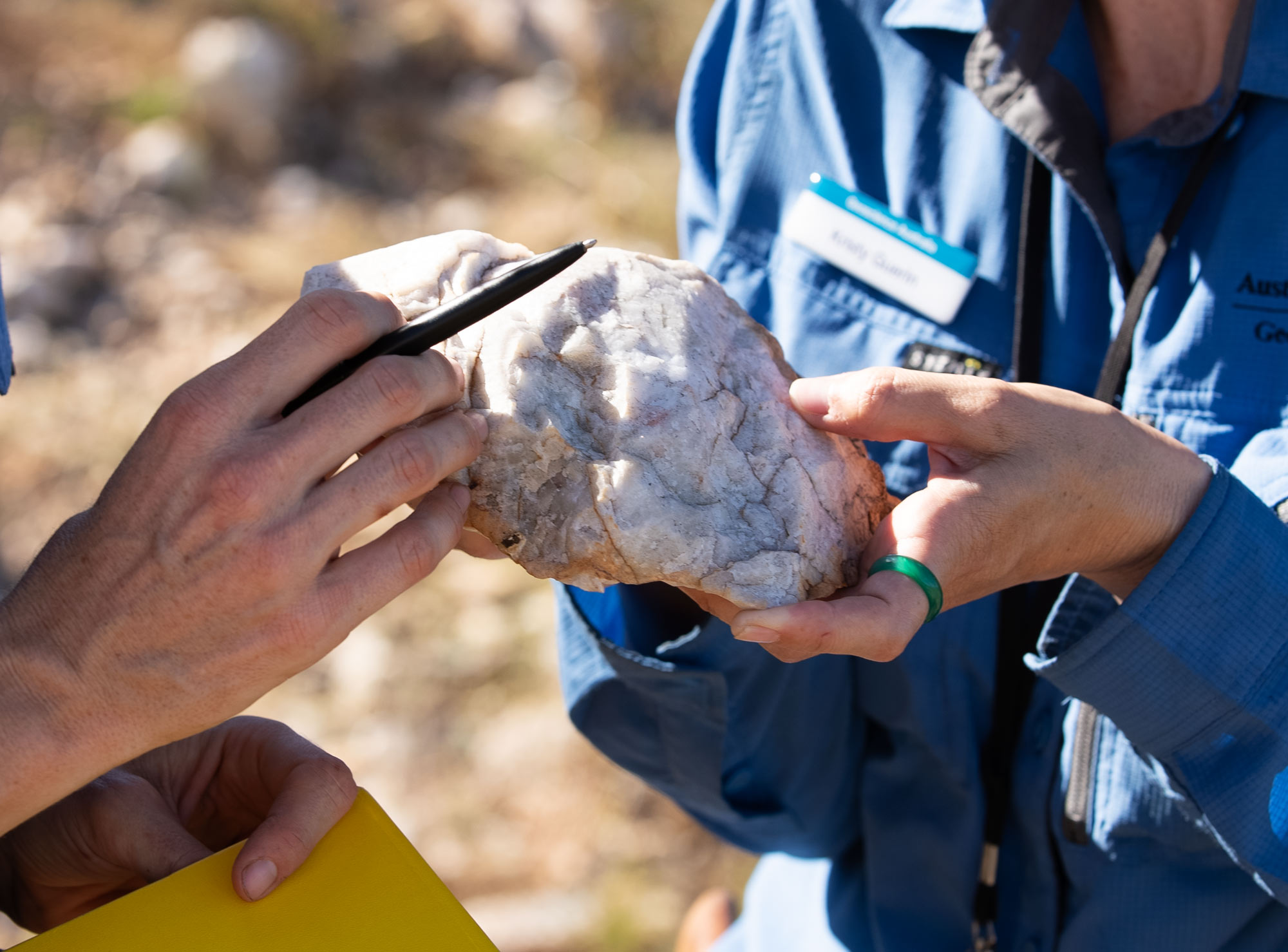News
New insights into Australia’s unknown potential for high-purity quartz resources
Published:26 August 2024
A new paper published in the Australian Earth Sciences Journal by Geoscience Australia has established a baseline understanding of Australia’s potential for High Purity Quartz (HPQ) resources, an area that has been significantly under-reported.
The paper, titled “A review of High-Purity Quartz for silicon production in Australia” is the first major deliverable from Geoscience Australia’s High Purity Silica (HPS) Mineral Systems Study, a project under the Australian Critical Minerals Research and Development Hub.
Setting the foundation for future HPQ discovery, this paper outlines the characteristics, processing requirements and end uses of HPQ in Australia and provides a summary of the operations, deposits, exploration targets and known occurrences of the mineral across the country.
HPQ is the only naturally occurring and economically viable raw material used to produce silicon, a critical mineral essential for technologies needed for the energy transition, such as semiconductors and solar panels.
However, while essential, Australia's potential for HPQ resources has been poorly misunderstood, and little is known about how deposits form, despite them being identified in multiple geological settings, such as pegmatites, hydrothermal veins, sedimentary accumulations and quartzite.
Currently, Simcoa in Western Australia represents the only HPQ mining and silicon manufacturing operation in Australia, producing about 50 Kilotons of silicon in 2023.
The largest mine producing HPS, the Spruce Pine pegmatite in North Carolina, accounts for about 70% of global supply.
With the global demand of HPQ forecast to increase 40-fold by 2050 and the HPS market estimated to grow to $1.5 billion USD by 2031, new discoveries of HPQ in Australia will be vital to secure the nation’s silicon production and supply chains.
Geoscience Australia’s Mineral Systems Study aims to fill the HPQ knowledge gap to encourage further exploration, increase the likelihood of discoveries, diversify the supply chain and contribute to Australia meeting the growing global demand for silicon.
Read the journal paper here.
